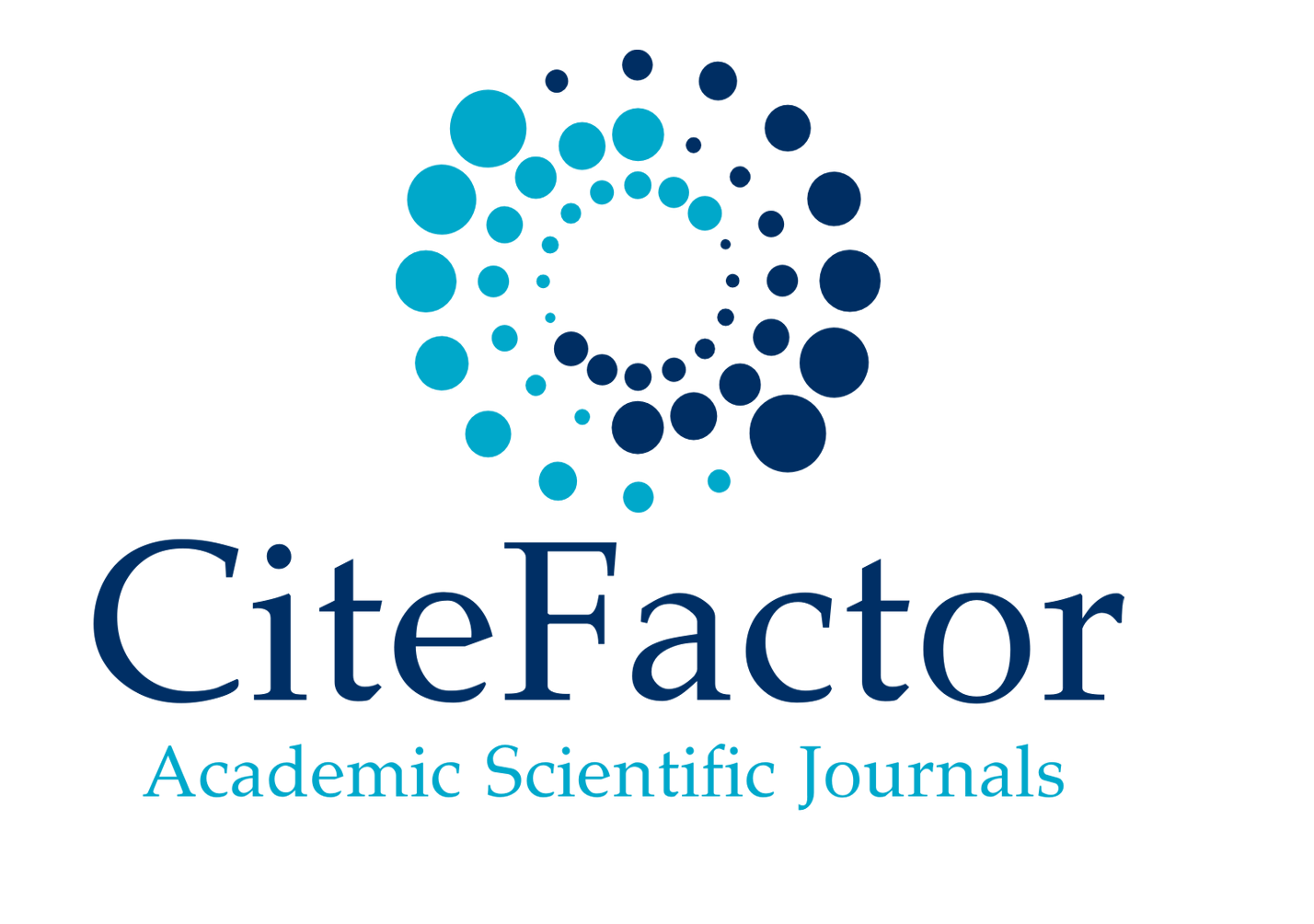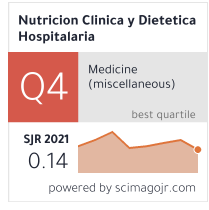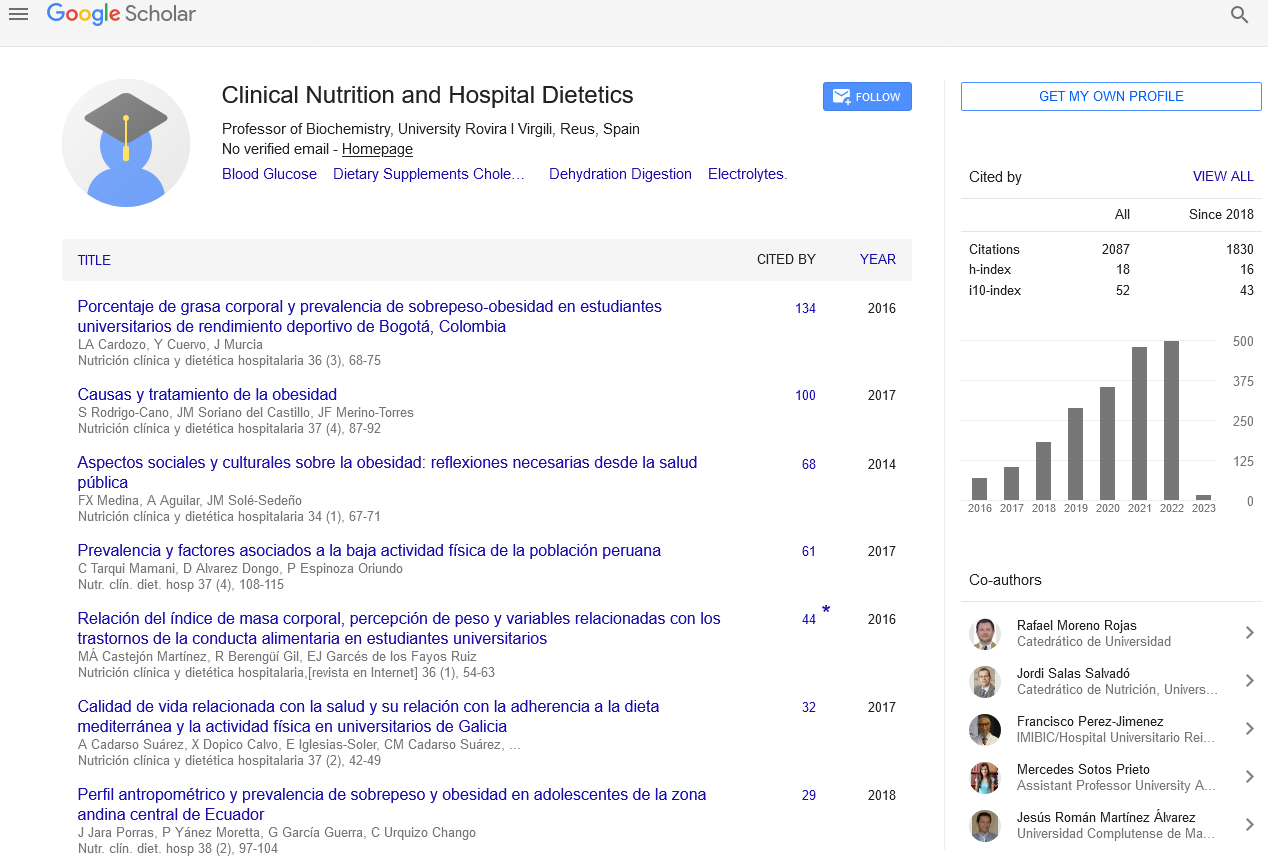Abstract
Relationship between body composition and overweight/obesity. A study in children living in different geographic areas from Argentina
Author(s): Oyhenart, Evelia Edith1,2; Dahinten, Silvia Lucrecia3,4; Forte, Luis MarÃÂa5; Navazo, Bárbara1
Introduction: In the recent decades a rapid increase of excess weight has been observed. Difficulties in having access to adequate food predispose children to being overweight or obese and many of them are also anemic or have a deficit in the muscle tissue
Objective: To analyze the body composition of overweight or obese children living in two Argentinean cities with different geographical locations: General Alvear (Mendoza) and Puerto Madryn (Chubut).
Methods: A cross-sectional study was carried out on 5828 schoolchildren (3048 males and 2780 females) aged from 5,0 to 14,9 living in the cities of General Alvear (GA) and Puerto Madryn (PM). Weight, height, upper arm circumference and tricipital and subscapular skinfolds were measured. Also, muscle and adipose areas of the arm and Subscapular/Tricipital Index (STI) were calculated. The prevalence of overweight (O) and obesity (Ob) were estimated using NHANES III (O> P85 and ≤P95 and Ob> P95). The analysis of body composition was performed in the arm estimating deficit and excess of adipose (DAT, EAT) and muscular tissues (DMT, EMT)
Results: The O and Ob prevalence was higher in PM than in GA (O= 13.1% vs 7.0%) and (Ob= 9.0% vs 4.8%). The highest percentages of children with DMT and EAT were recorded in GA, whereas those with EMT were recorded in PM. The STI values >1 were found in boys and girls from both cities. Nevertheless, they appear at early ages mainly in obese girls
Discussion and Conclusions: The urban environment of PM and its lifestyle result in a child-juvenile population whit greater excess of weight, as a consequence of the increase in adipose and muscular tissues. The centralization of adipose tissue in girls could lead to the development of non-communicable diseases. On the other hand, even when excess of weight is lower in GA the condition of these children is as worrying, since excess of adipose tissue is accompanied by muscle tissue deficit, possibly as a consequence of highly caloric but poorly protein intakes.
Google Scholar citation report
Citations : 2439
Clinical Nutrition and Hospital Dietetics received 2439 citations as per google scholar report
Indexed In
- Google Scholar
- Open J Gate
- Genamics JournalSeek
- Academic Keys
- JournalTOCs
- ResearchBible
- SCOPUS
- Ulrich's Periodicals Directory
- Access to Global Online Research in Agriculture (AGORA)
- Electronic Journals Library
- RefSeek
- Hamdard University
- EBSCO A-Z
- OCLC- WorldCat
- SWB online catalog
- Virtual Library of Biology (vifabio)
- Publons
- MIAR
- Geneva Foundation for Medical Education and Research
- Euro Pub
- Web of Science
Journal Highlights
- Blood Glucose
- Dietary Supplements
- Cholesterol, Dehydration
- Digestion
- Electrolytes
- Clinical Nutrition Studies
- energy balance
- Diet quality
- Clinical Nutrition and Hospital Dietetics




